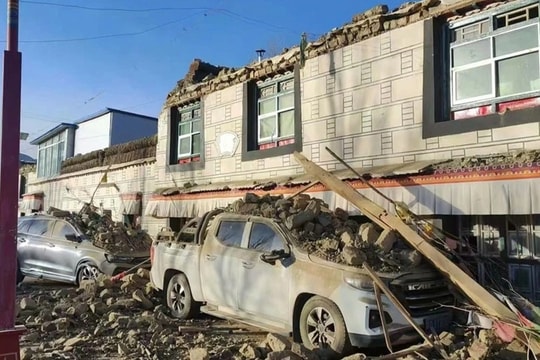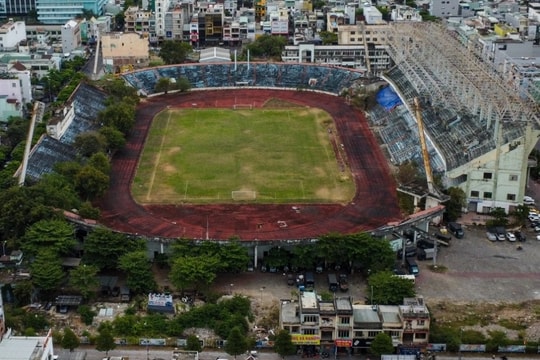Retail sales of goods, services rises 8.7% in five months: GSO
Vietnam’s total retail sales of consumer goods and services during January-May increased 8.7% year-on-year to top VND2.58 quadrillion (US$101.3 billion), according to the General Statistics Office (GSO).
Revenue from retail sales of goods was estimated at more than VND1.99 quadrillion, accounting for 77.5% of the total and up 7.4% against the same time last year.
Of the total, retail sales of food and foodstuff expanded 10.5%, while that of household appliances and tools was up 13.4%, garment and textile 10.3%, and cultural and educational products 15.5%.
Localities with strong rises in the revenue during the five-month period included Quang Ninh (10.1%), Hai Phong (9.5%), Can Tho (8.4%), Da Nang (8.2%), Ho Chi Minh City (6.8%) and Hanoi (6.7%).
Meanwhile, revenue from accommodation and catering services was around VND296.3 trillion, or 11.5% of the total and growing 15.1% year-on-year. Localities posting robust growth of this kind of revenue were Khanh Hoa (26.4%), Quang Ninh (23.5%), Da Nang (22.2%), Hai Phong (14.9%), Hanoi (12.4%), Can Tho (11.5%) and Ho Chi Minh City (8%). Notably, tourism revenue during the period surged 45.1% year-on-year to VND24.2 trillion, with Da Nang seeing robust expansion of 52%, Ho Chi Minh City 46%, Hanoi 44.6% and Quang Ninh 18%.
The GSO said a favourable visa policy and tourism promotion programmes have borne fruits, helping the nation lure nearly 7.6 million foreign tourist arrivals, up 64.9% year-on-year and growing 3.9% as compared to the same time of 2019 when the COVID-19 had not broken out.
With a view to ensuring the supply of essential goods and market development until the end of the year, the office proposed the Ministry of Industry and Trade step up the completion of several legal documents related to state management over the domestic market, serving macro-economic management and locals and enterprises’ exchange of goods and services.
Besides, it urged the ministry to continue working with competent ministries, sectors and localities to keep close tabs on market developments to ensure sufficient supply of essential goods, and monitor the prices of goods, contributing to controlling the inflation rates in line with the Government’s target.



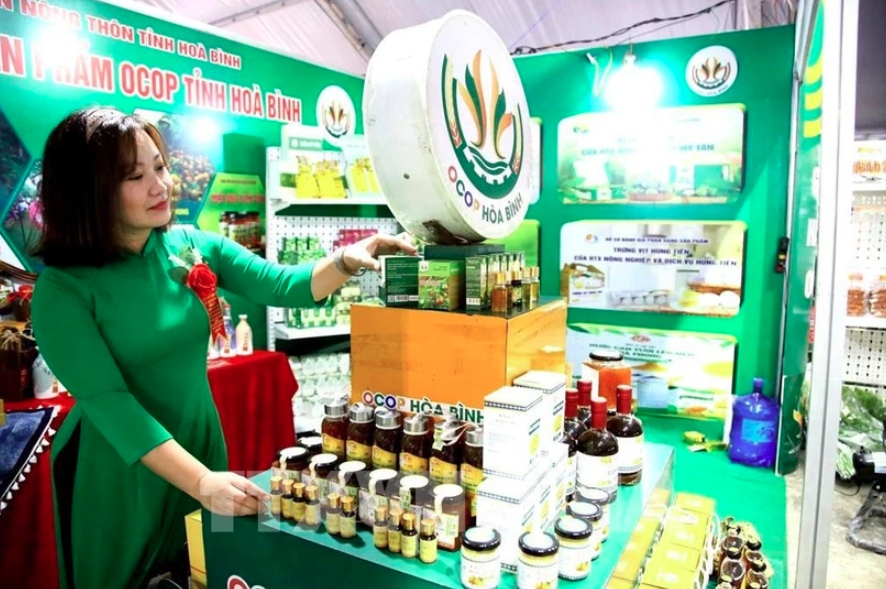
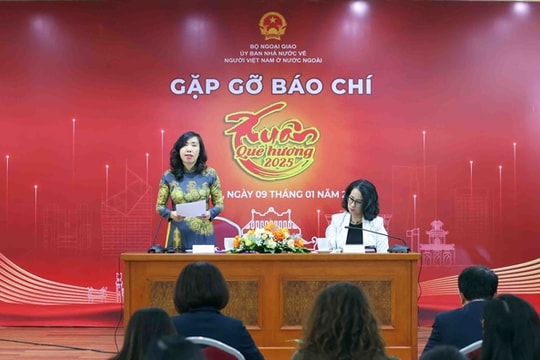
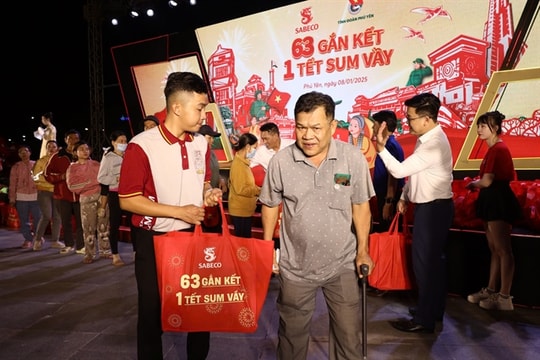
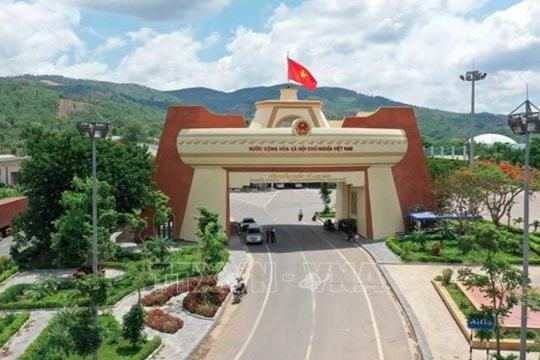
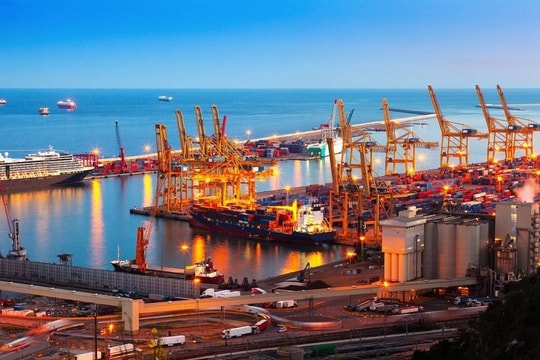
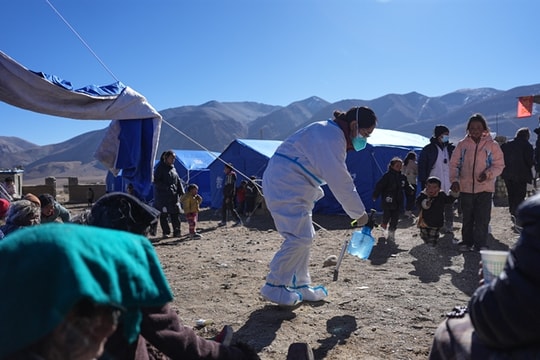

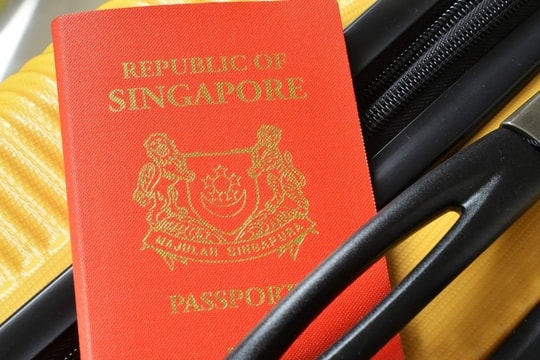



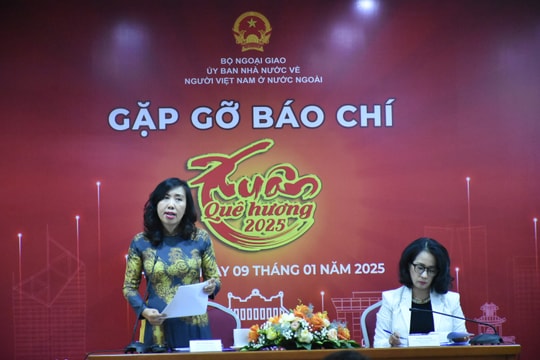
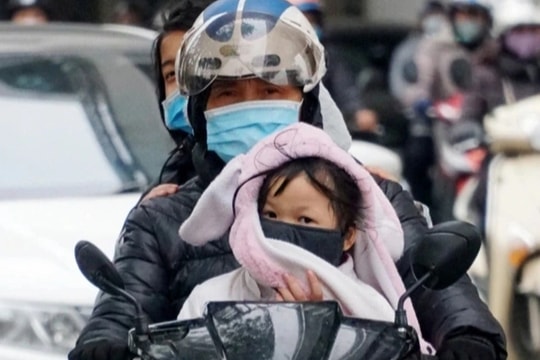


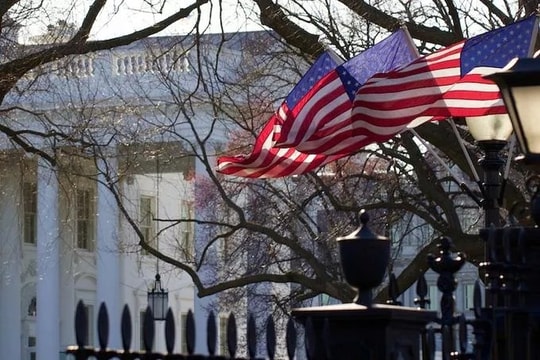
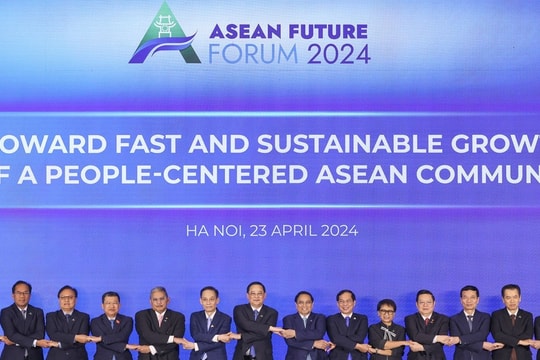
.jpg)
